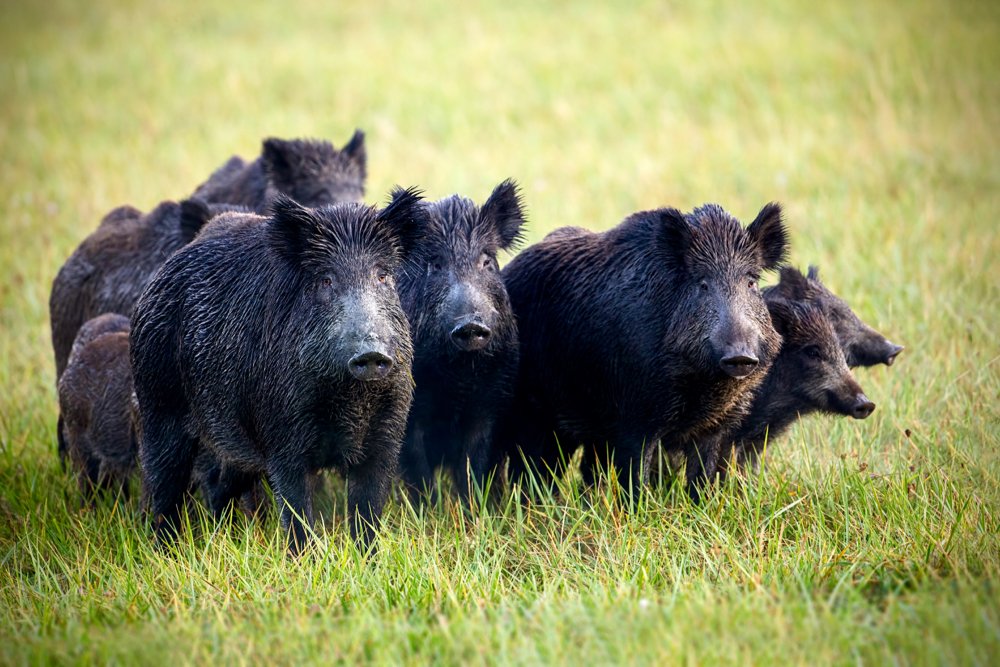



Article by: Hari Yellina
The use of readily available poisons to reduce feral pig populations may soon be prohibited in Queensland. The state government made an announcement this month that it intended to amend the Animal Care and Protection Act 2001 to outlaw the use of poisons like CSSP, which contain phosphorus and carbon disulfide. Concerns have been expressed concerning the role that feral pig populations play in the spread of viruses, especially in light of the rising threat of infectious illnesses like foot-and-mouth and African swine fever reaching Australia. If control measures are restricted, it will be “nearly impossible,” according to Darren Marshall, who manages feral animals throughout Queensland. “Removing these chemicals would be extremely harmful because our existing management measures just do not eliminate enough feral pigs,” he said.
“Both FMD and African swine flu are on the horizon. “It’s true; if these diseases infect feral pigs, they will spread considerably more quickly than they would otherwise.” There are a variety of techniques used to reduce the population of feral pigs, including as trapping or aerial shooting, but it is generally agreed that employing toxins like CSSP, 1080, and others is the most efficient. With a decreasing stockpile of 1080 and no access to CSSP, which is easily accessible to landowners, there is a growing lack of choices for reducing the number of pigs. According to Darren Marshall, a minimum of 75% of the population required to be eliminated during a three-month period in order to properly regulate pig numbers. “Each litter from a sow can contain up to 12 piglets per litter, twice a year,” he said.
“Killing three-quarters of the population is not simple.” Toxins, according to Mr. Marshall, were an essential part of the combination of techniques required to properly regulate populations. If landowners don’t have the tools, they need to maintain a lid on these animals, they really burst. Feral pigs breed prodigiously. Ann Leahy, a member for Warrego, said more needed to be done to ensure landowners properly and efficiently controlled numbers and that the threat that feral pigs posed to agricultural industries should not be understated. She stated that there were two threats. “One to human health, and to our red meat industry’ biosecurity.” She claimed that if the prohibition was enacted, people would have little choices.
She claimed that “they [the government] simply don’t comprehend the pressure primary producers are under to tame stray animals.” The restriction is being implemented far too soon, and it will be very challenging for farmers to keep stray animals under control. The removal of CSSP would “bring Queensland into line with most other Australian jurisdictions, where more humane control procedures are utilised,” according to a statement made to the ABC by a representative of Biosecurity Queensland. The statement read, “Large quantities of CSSP can cause pigs to die within six or twelve hours.” However, if the dose is smaller, animals may last days or even up to three weeks before passing away. In addition to ground and aerial shooting, trapping, and baiting with sodium nitrite or 1080 are more humane methods of controlling feral pigs. These are the choices we would advise in the event of an animal sickness emergency.